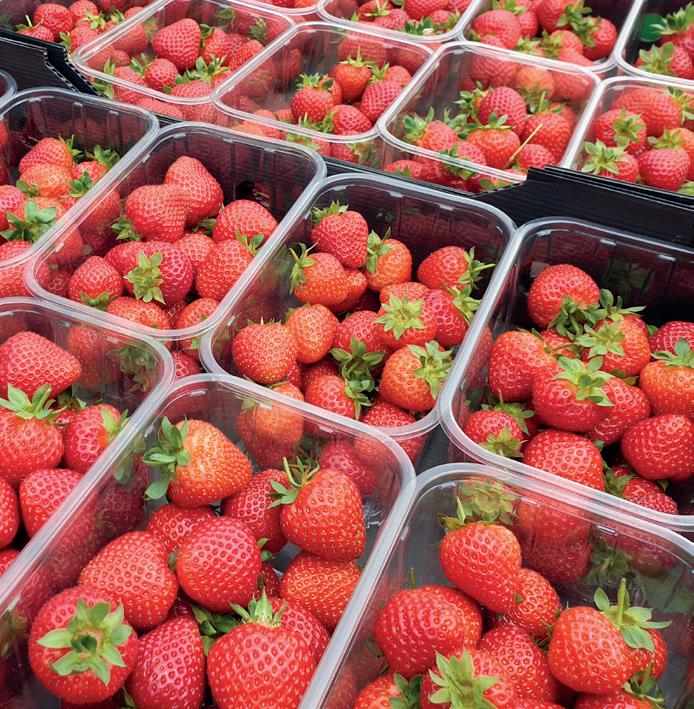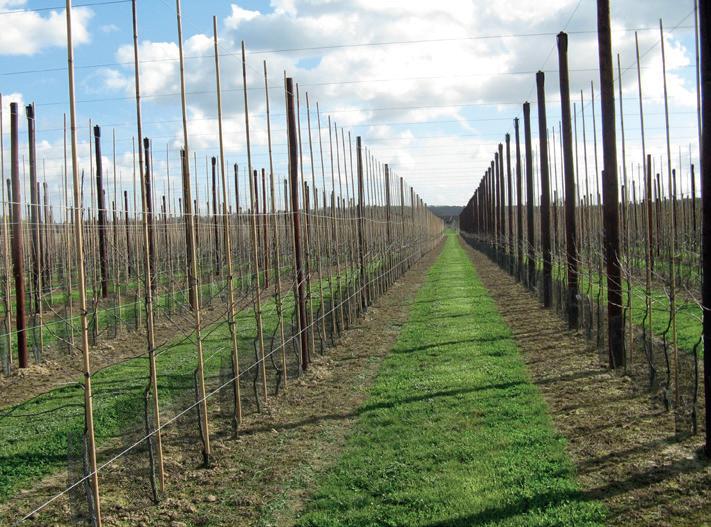
1 minute read
Tree fruit rootstock breeding

Title: East Malling Rootstock Club
Advertisement
Funders of previous programme: AHDB, International New Varieties Network (INN)
Term: Completed 2020 – pipeline still under evaluation
Some of the earliest research done by scientists at East Malling was the collecting and typing of apple rootstocks, and the propagation and release of selections with defined effects on precocity and vigour of tree growth. This led to the Malling series of rootstocks and following further collaborative research with the John Innes Institute in Merton, Norfolk, the MM series of rootstocks was bred. These rootstocks are now used in virtually every part of the world where apples are grown commercially. In pear, our early scientists selected ‘Quince A’ and ‘Quince C’ rootstocks, which have been widely used by the industry ever since.
The latest rootstock breeding programme (Figure 1) funded by a consortium including AHDB and International New Varieties Network (INN) finished in 2020, and a new programme is currently being set up.
The project
Current breeding objectives for apple rootstocks are to match or exceed productivity achieved by ‘M9’, produce vigour between ‘M9’ and ‘MM106’, develop resistance to fireblight, Phytophthora cactorum (crown rot) and woolly apple aphid, and develop rootstocks that are easy to propagate. In pears (Figure 2), we aim to achieve productivity that matches or exceeds ‘Quince A’ and ‘Quince C’, produce vigour between ‘Quince A’ and ‘Quince C’, develop resistance to fireblight and develop rootstocks that are easy to propagate.

Results
The most recent apple rootstock to be released is ‘M200’, which was bred from a cross between ‘Robusta 5’ and ‘Ottawa 3’. It is between ‘M9’ and ‘M26’ in vigour and is similar in precocity to ‘M9’, but is on average, 35% more productive than ‘M9’. It exhibits tolerance to fireblight and some tolerance to Phytophthora cactorum. Crucially, it is easily propagated in stoolbeds and Dalival Nursery in France has trial quantities available.









